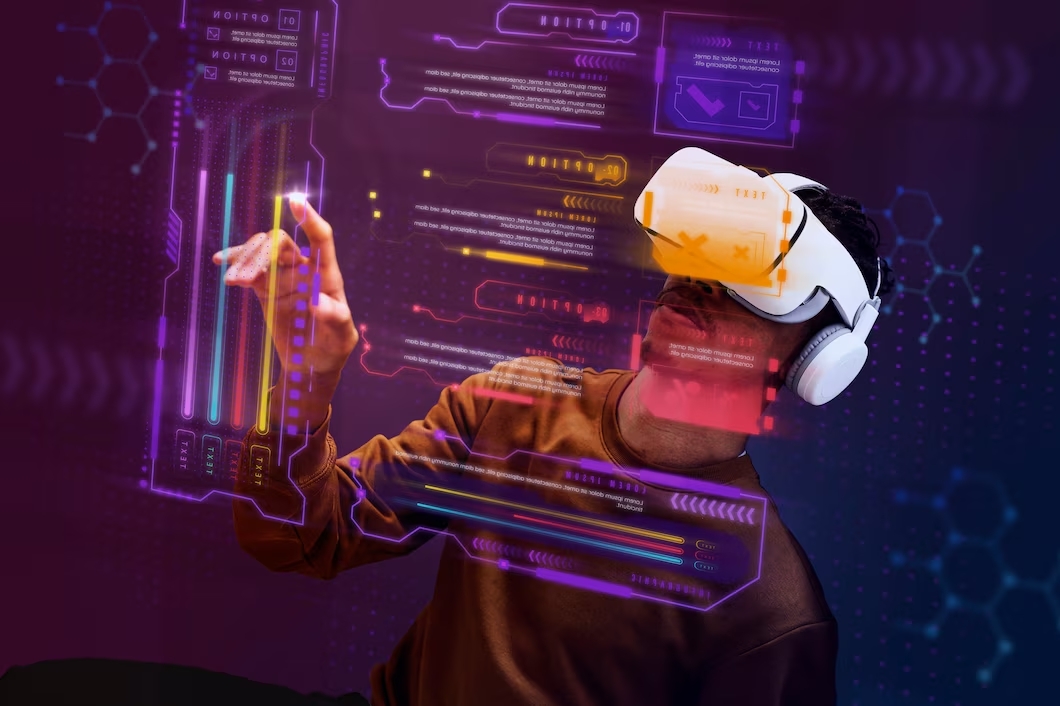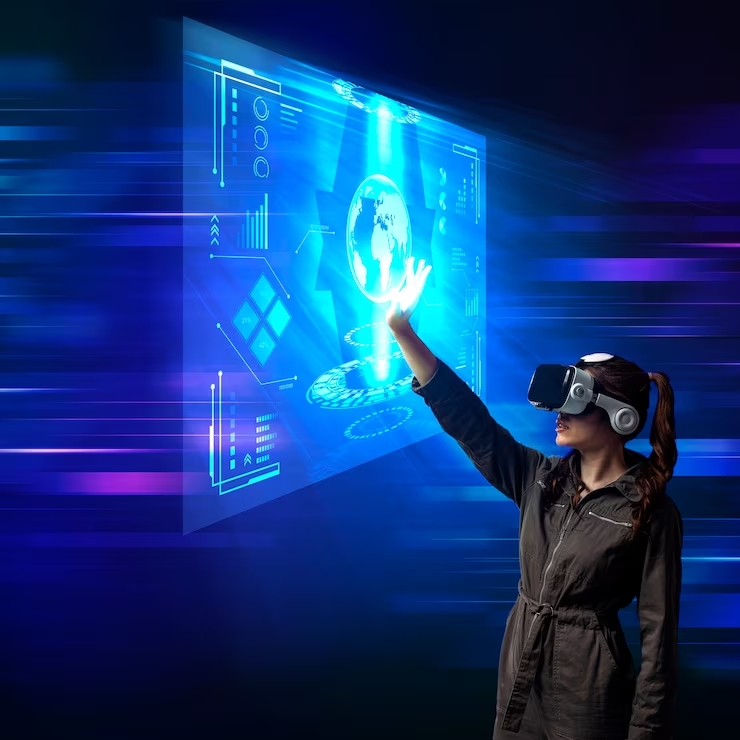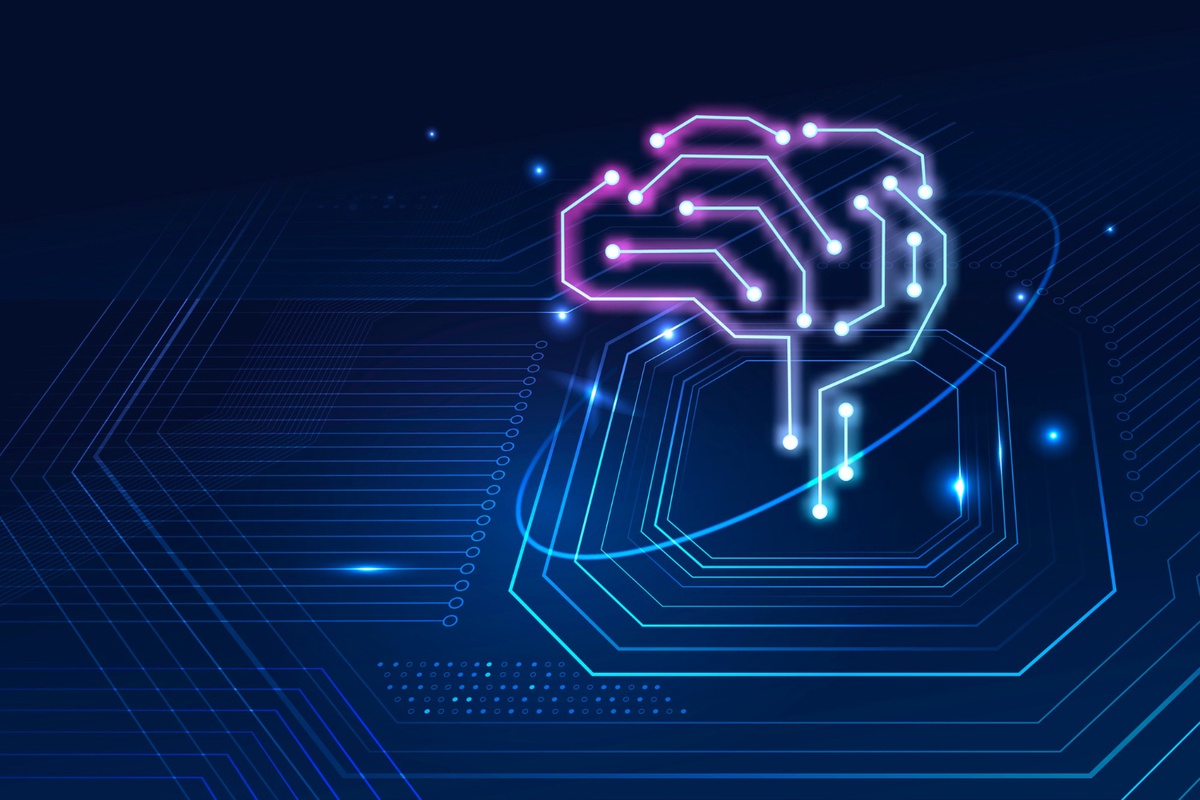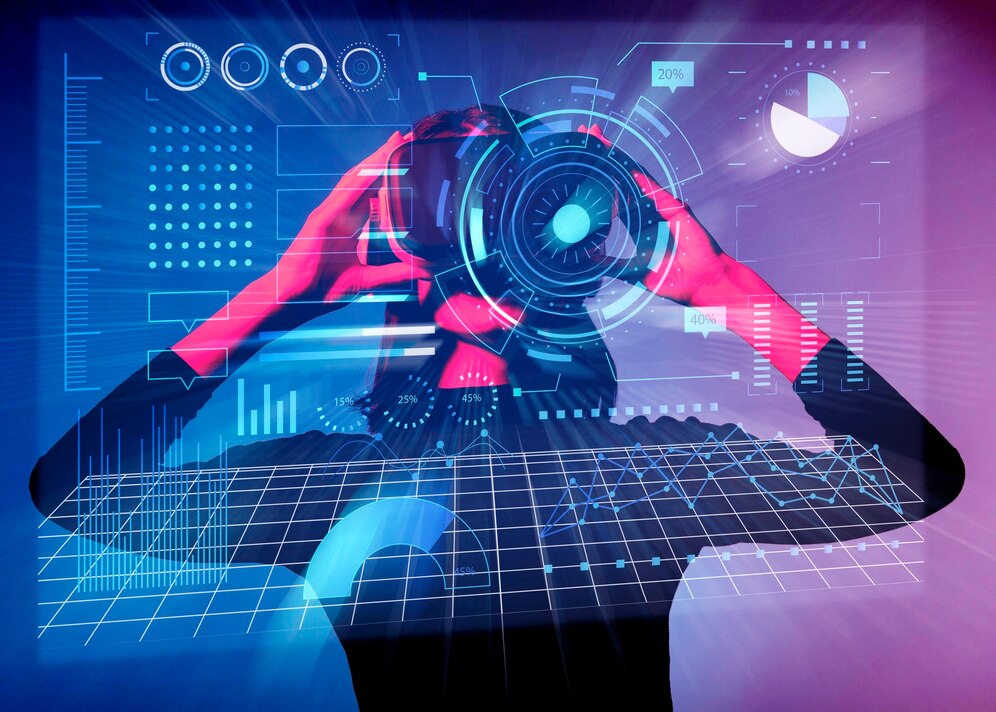Introduction
In today's rapidly evolving technological landscape, machine learning development stands at the forefront of innovation. Defined as the process of creating algorithms and models that enable computers to learn from data and make predictions or decisions, machine learning is transforming industries and shaping the future of technology. Understanding future trends and predictions in this field is paramount for professionals and researchers alike to stay ahead in the competitive landscape. This article provides an insightful exploration of the trajectory of machine learning development, offering a comprehensive overview of its scope and implications.
Current State of Machine Learning Development

Machine learning development has witnessed exponential growth, propelled by advancements in technology and the proliferation of data. Key technologies, tools, and frameworks such as TensorFlow, PyTorch, and sci-kit-learn dominate the current landscape, providing developers with robust platforms to build and deploy machine learning models. However, challenges such as data quality, model interpretability, and scalability persist, hindering the widespread adoption of machine learning solutions.
Emerging Trends in Machine Learning Development

- Shift towards AutoML and Democratization: Automation and democratization of machine learning empower non-experts to leverage its capabilities, fostering widespread adoption across industries and domains. Automated Machine Learning (AutoML) platforms such as Google AutoML and H2O.ai democratize access to machine learning tools, enabling individuals with limited expertise to build and deploy models efficiently.
- Integration with Emerging Technologies: Machine learning intersects with emerging technologies like the Internet of Things (IoT) and blockchain, unlocking novel applications and possibilities. In the realm of IoT, machine learning algorithms analyze sensor data to optimize processes, predict equipment failures, and enhance operational efficiency. Similarly, blockchain technology combined with machine learning enables secure and transparent data sharing, facilitating trustless transactions and decentralized decision-making.
- Advances in Learning Paradigms: Recent advancements in reinforcement learning and unsupervised learning have expanded the scope of machine learning applications. Reinforcement learning algorithms, inspired by behavioral psychology, learn through trial and error to maximize cumulative reward, making them well-suited for complex decision-making tasks in dynamic environments. Unsupervised learning techniques, on the other hand, uncover hidden patterns and structures within data without the need for labeled examples, paving the way for insights discovery and anomaly detection.
- Focus on Explainability and Interpretability: Despite the impressive performance of machine learning models, their black-box nature raises concerns about accountability, fairness, and trust. As machine learning applications proliferate across industries, there's a growing emphasis on explainability and interpretability to enhance transparency and facilitate human understanding. Techniques such as LIME (Local Interpretable Model-agnostic Explanations) and SHAP (SHapley Additive exPlanations) provide post-hoc explanations for model predictions, enabling stakeholders to validate decisions and identify potential biases.
Predictions for the Future of Machine Learning Development

- AI-Driven Development Platforms: The future of machine learning development, driven by the proliferation of AI-driven development platforms and ecosystems, will revolutionize the industry. These platforms, pioneered by innovative AI development companies, will leverage automation, augmented intelligence, and collaboration tools to streamline the process of building, training, and deploying machine learning models. Developers, empowered by such platforms, will gain access to pre-trained models, reusable components, and integrated workflows, fostering rapid experimentation and iteration. This transformative shift not only accelerates the pace of development but also democratizes access to advanced machine learning capabilities, fueling innovation and driving widespread adoption across industries.
- Industry-wide Adoption: Machine learning applications will permeate diverse industries such as healthcare, finance, manufacturing, and agriculture, revolutionizing processes and decision-making. In healthcare, predictive analytics and personalized medicine powered by machine learning algorithms will improve patient outcomes, optimize resource allocation, and drive medical research. Similarly, in finance, algorithmic trading, fraud detection, and risk management powered by machine learning will enhance market efficiency and mitigate financial risks.
- Regulatory Frameworks and Ethics: As machine learning applications become more pervasive, regulatory frameworks will evolve to address ethical considerations surrounding data privacy, bias mitigation, and algorithmic accountability. Governments and regulatory bodies will establish guidelines and standards for the responsible development and deployment of machine learning systems, ensuring transparency, fairness, and accountability. Ethical AI principles such as fairness, transparency, accountability, and privacy will guide the design and implementation of machine learning solutions, fostering trust and confidence among users and stakeholders.
- Edge Computing and Decentralized Models: The proliferation of edge computing and decentralized machine learning models will enable real-time processing, localized intelligence, and data privacy. Edge devices such as smartphones, IoT sensors, and autonomous vehicles will leverage on-device machine learning models to perform inference tasks without relying on cloud connectivity, reducing latency and bandwidth consumption. Decentralized machine learning models built on blockchain technology will enable secure and transparent collaboration among multiple parties without the need for a trusted intermediary, facilitating data sharing, model training, and prediction in a privacy-preserving manner.
Implications and Challenges
- Impact on Job Roles and Skills: The evolution of machine learning will reshape job roles and necessitate continuous upskilling in emerging technologies such as artificial intelligence, machine learning, and data science. Professionals with expertise in machine learning algorithms, deep learning frameworks, and cloud computing platforms will be in high demand across industries, driving innovation and economic growth.
- Addressing Biases and Ethical Concerns: Efforts must be made to mitigate biases and ensure the ethical use of machine learning systems to foster trust and accountability. Techniques such as fairness-aware machine learning, bias detection, and algorithmic auditing will play a crucial role in identifying and mitigating biases in data, algorithms, and decision-making processes. Ethical considerations such as privacy, consent, transparency, and accountability will guide the design, development, and deployment of machine learning solutions, ensuring their alignment with societal values and norms.
- Scalability and Security: Scalability, reliability, and security remain critical challenges in the deployment of machine learning solutions, requiring robust infrastructure, protocols, and governance mechanisms. As machine learning models grow in complexity and size, scalability becomes paramount to accommodate increasing computational and storage requirements. Similarly, ensuring the security and integrity of data, models, and predictions is essential to protect against malicious attacks, data breaches, and adversarial manipulation. Techniques such as federated learning, differential privacy, and secure multiparty computation offer solutions to enhance the scalability, reliability, and security of machine learning systems, enabling trustworthy and resilient deployments in real-world scenarios.
- Continuous Learning and Upskilling: Investing in continuous learning and upskilling is essential to stay abreast of evolving technologies, methodologies, and best practices in machine learning development. Professionals can enhance their skills through online courses, workshops, certifications, and hands-on projects, gaining practical experience and insights into cutting-edge tools and techniques.
- Interdisciplinary Collaboration: Fostering interdisciplinary collaboration and diversity promotes innovation and holistic problem-solving approaches in machine learning development. By bringing together experts from diverse backgrounds such as computer science, statistics, mathematics, psychology, and domain-specific domains, teams can leverage complementary expertise and perspectives to tackle complex challenges and create impactful solutions.
- Open-Source Communities: Leveraging open-source communities and knowledge sharing accelerates innovation and fosters a culture of collaboration in machine learning development. Platforms such as GitHub, Kaggle, and Stack Overflow provide forums for developers, researchers, and enthusiasts to share code, datasets, benchmarks, and insights, enabling collaborative research, experimentation, and replication of results. By contributing to open-source projects and participating in community-driven initiatives, individuals can learn from peers, receive feedback, and contribute.
Conclusion
In conclusion, the trajectory of machine learning development is marked by unprecedented growth, innovation, and transformation. From the current state characterized by technological advancements and challenges to the emerging trends shaping the future landscape, the journey of machine learning development is one of continuous evolution and adaptation. Predictions for the future underscore the profound implications of machine learning across diverse sectors, with regulatory frameworks and ethical considerations playing a pivotal role in guiding responsible practices. However, amidst promises lie inherent challenges such as biases, scalability, and security concerns, necessitating concerted efforts from stakeholders to ensure ethical deployment and uphold principles of fairness and transparency. To navigate this evolving landscape, strategies for adaptation and innovation, including continuous learning, interdisciplinary collaboration, and leveraging open-source communities, are crucial. By embracing these strategies, we can harness the full potential of machine learning to create a brighter, more inclusive future where technology serves the common good and advances human progress.



No comments yet